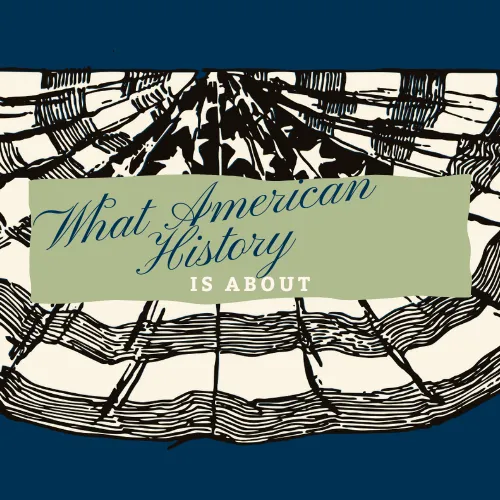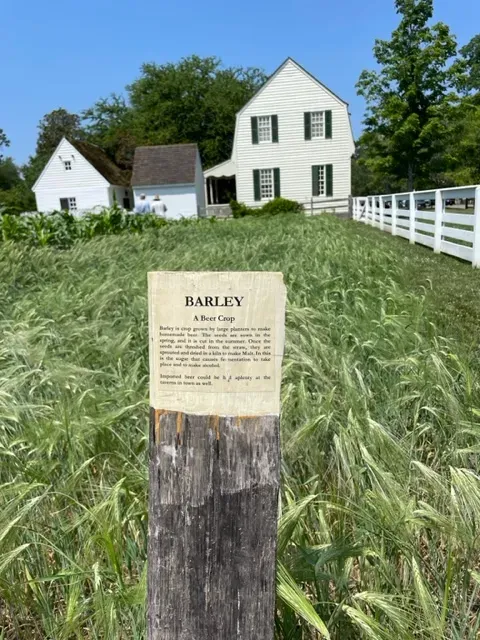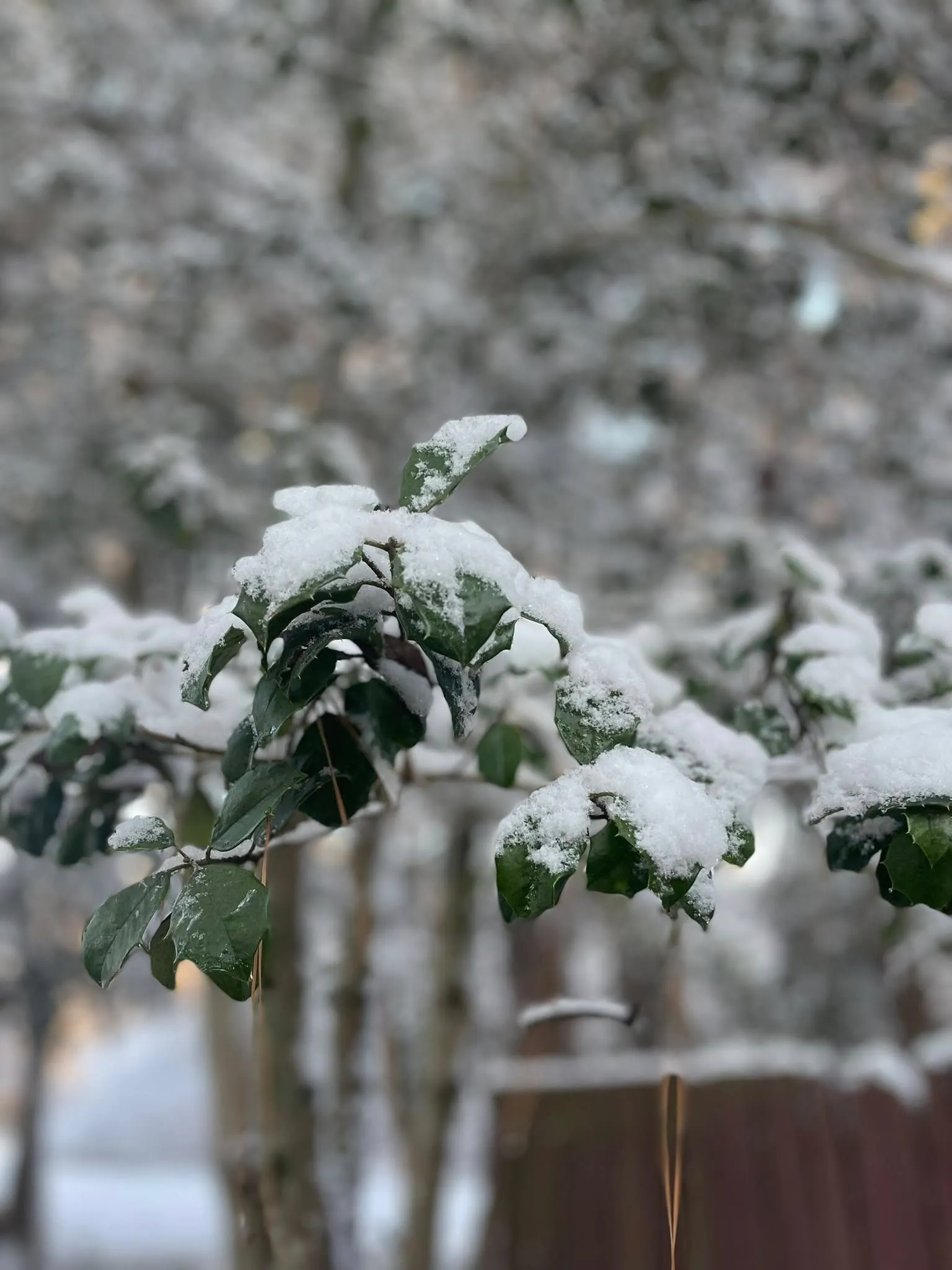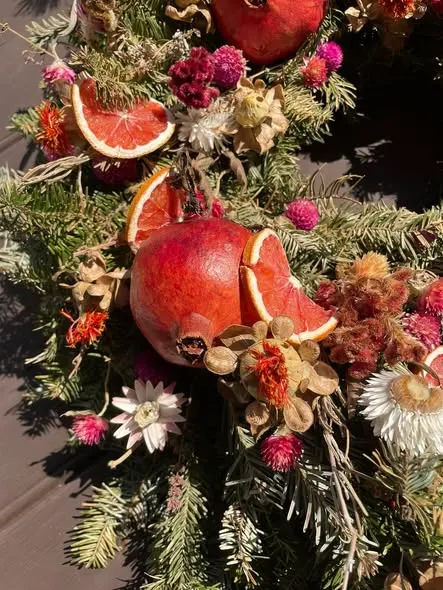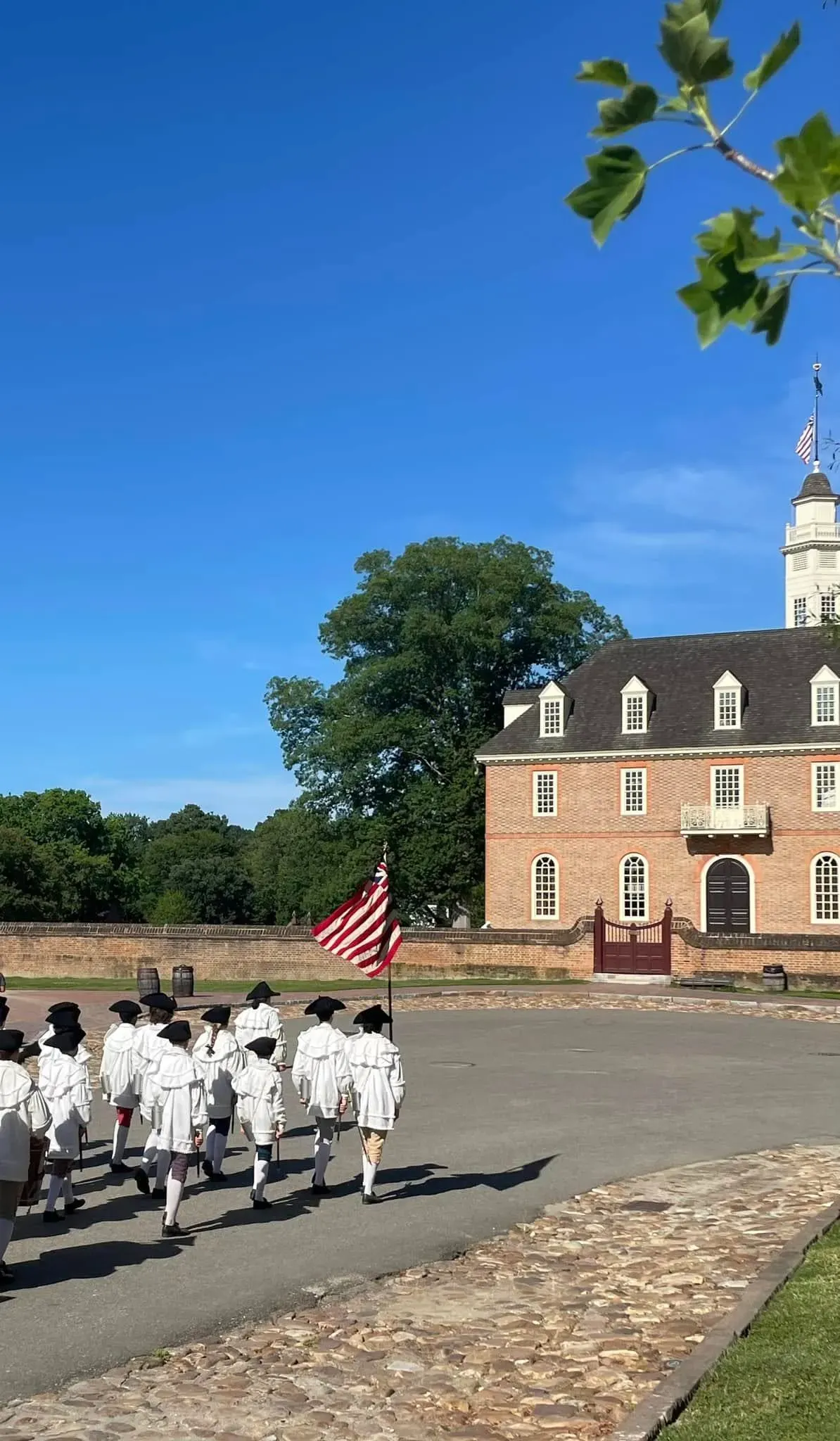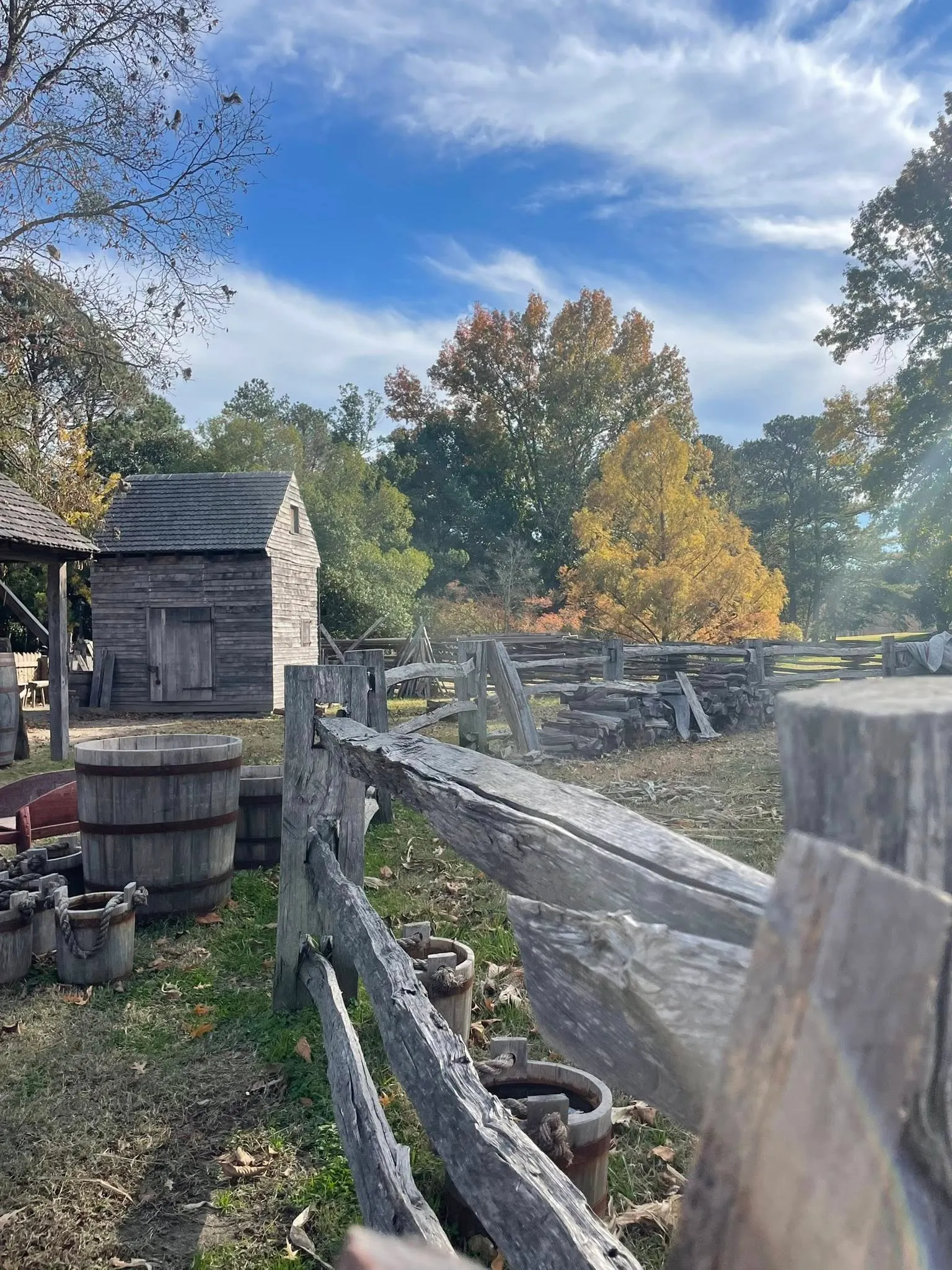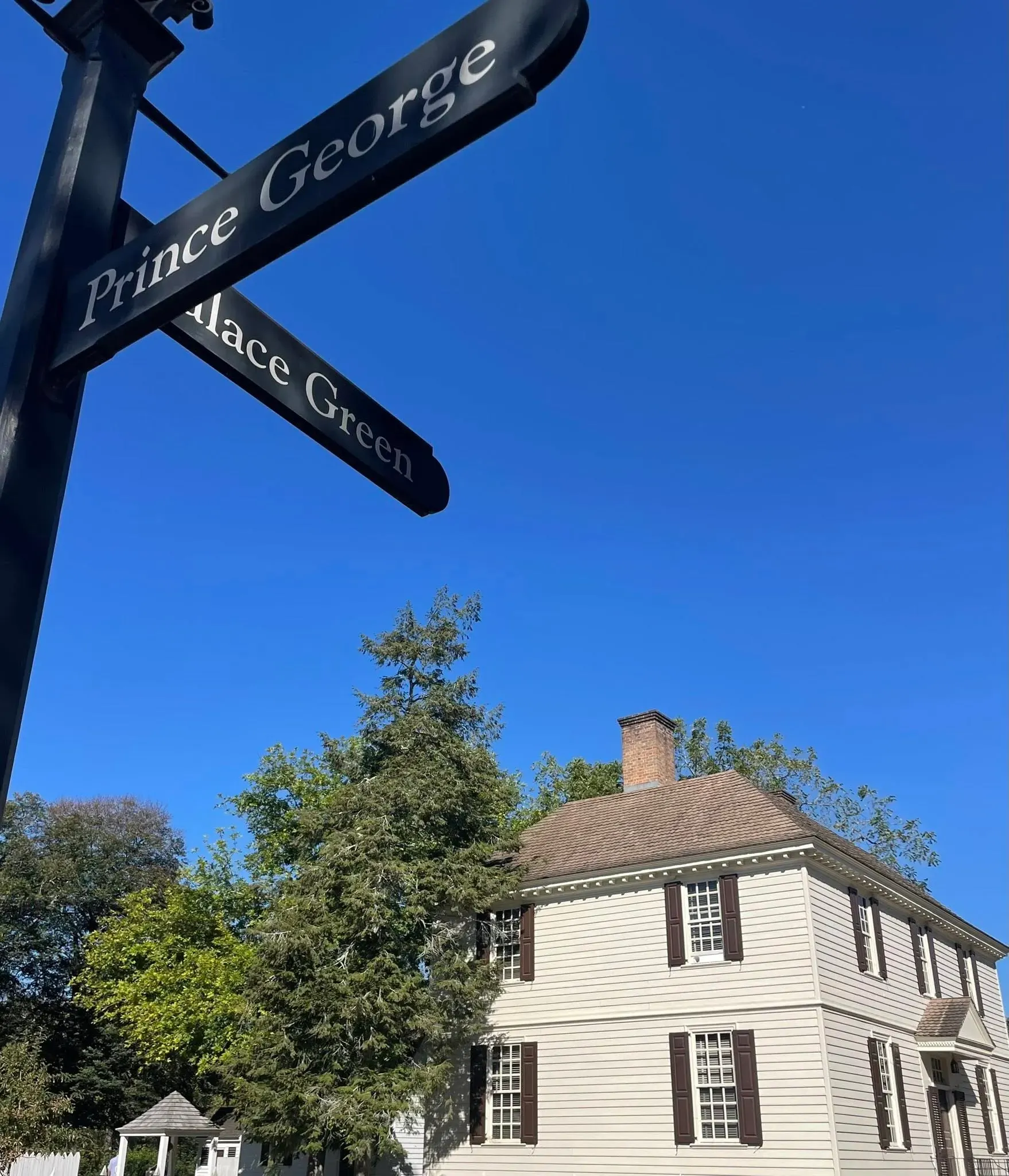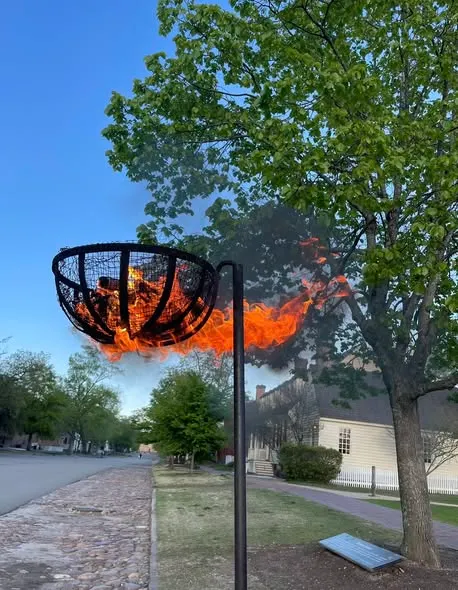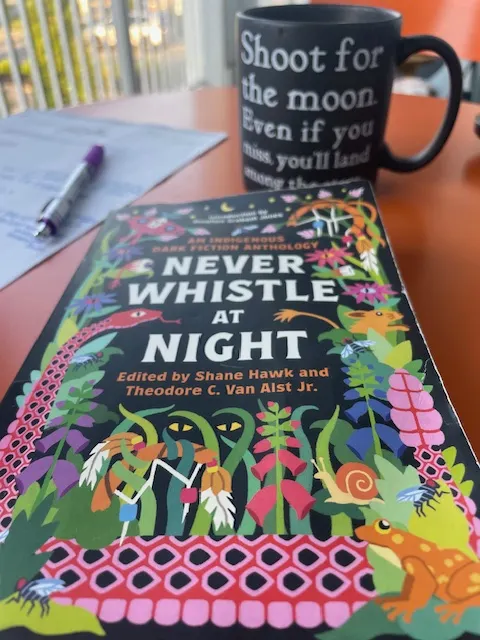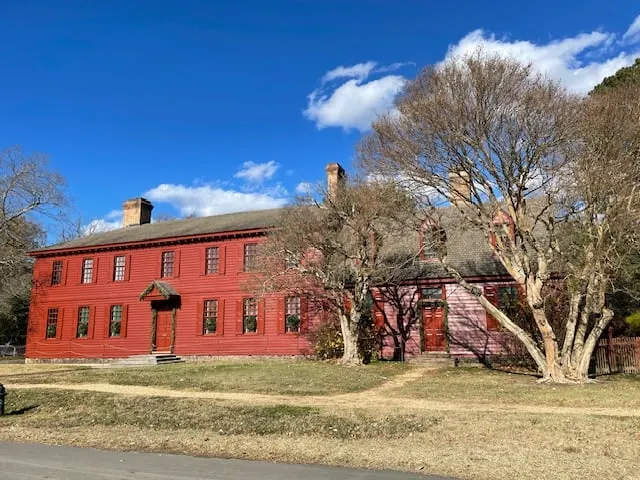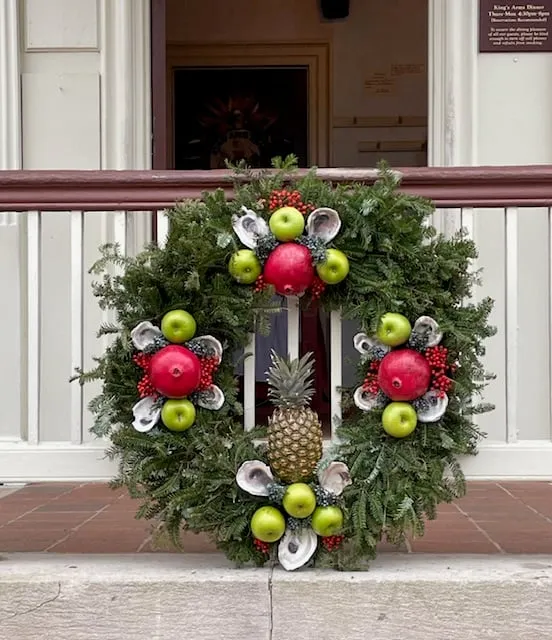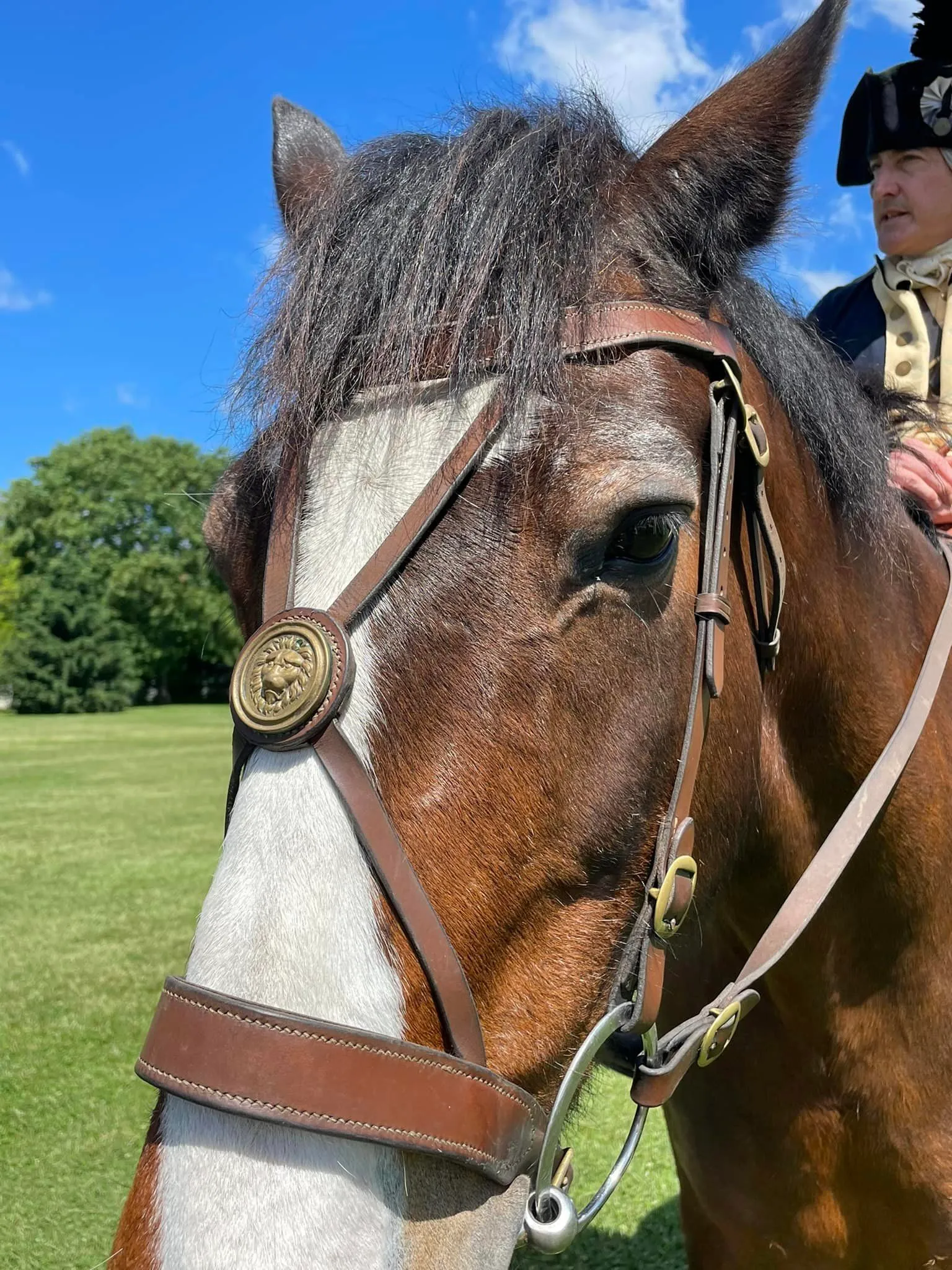The Trades of Colonial Williamsburg Teach Us About Daily Life in the 18th Century
There is so much to learn about daily life in early America, specifically the 18th century.
I have so many photos - I take them thinking I'll remember all the cool bits and pieces of what the skilled and fact-filled historic tradespeople of Colonial Williamsburg (CW) share on a daily basis.
Last week, I devoted a post to 4 things I learned from the CW gunsmiths; today I thought I'd drop a few bits and pieces from 4 other trades.
Let's be honest: there's a lot out there about the bigger moments and events in history, but daily life isn't quite so easy to get insight about- so I'm here to help!
Today's bits come from these 18th trades interpreted and kept alive here in CW:
- the joinery
- the historic foodways
- the tailors
- the farm
Necessary disclaimer: As a blogger, I use affiliate links sometimes! I may receive commission from purchases I share; it does not change your price but sometimes you might get a discount.
The Joinery: Chairs for Ann Wager's home.
Just to show you how things change day-to-day and week-to-week here in CW, the largest living history museum in the world, I'm sharing this bit from earlier in the week. We stopped in to chat with the joiners.
This chair was hanging out front and center - so the obvious question: what are you working on?
We were told they JUST got their work orders for the Bray School, a project that most of our CW teams seem to be working on bringing to life in the near future!
The chair represents several they will be putting together for the exhibit. It's a typical (common) straight-back chair, which hasn't changed much throughout history, and will likely be placed in teacher Ann Wager's "home" section of the building. What is uncommon is that the chairs will be built using 18th century tools.
Also learned: that Ann Wager had to supply her own furnishings for her new home inside the Bray School and with her age being advanced, it is likely she had older pieces dating back to the early or mid-18th century. The chairs will be created based on that period.
Click here for more information about the Bray School.
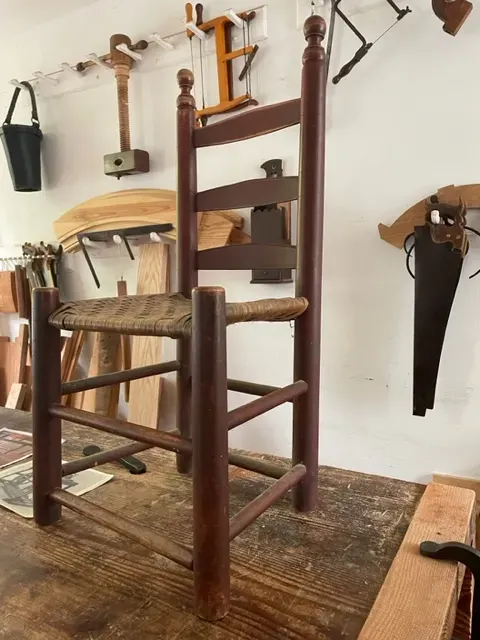
Historic Foodways: The mushy pawpaw
As I've mentioned before, the historic foodways program is a personal favorite of mine; we actually visit the Palace Kitchen several times a week to see what's on the table.
On one particular visit, not long after I heard about the pawpaw tree during an arboretum tour, I saw Barbara preparing pawpaw fruit to be used in the kitchen.
For those of you not from the region, here's a bit about this sweet and soft fruit:
- Texture: kind of like a mushy banana
- Overall: it's described as a mango/banana combination
- The season (summer) is limited to a few weeks and you have to grab it off the tree at the exact right moment in time for it to taste good.
- It's native to the east coast.
- Common uses are in ice cream, puddings, and custards. (word is George Washington used them in his ice cream but that's not validated with a primary source!)
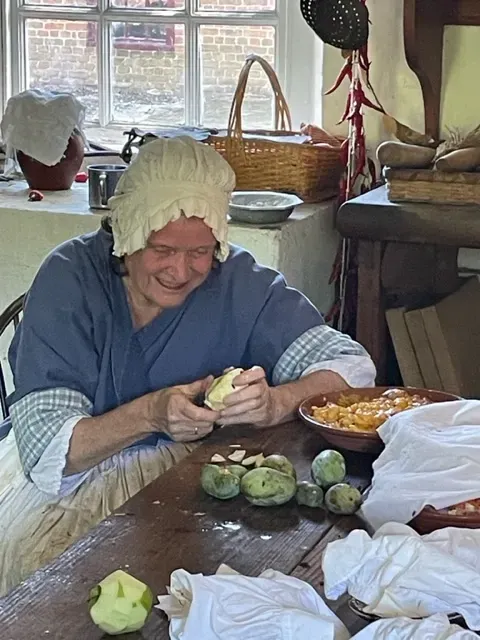
Barbara of CW's historic foodways program preparing pawpaw fruit
The Tailors: Wool can be a fantastic summer option.
This one really was news to me. Since moving to the Tidewater region, I've become accustomed to the humidity of summer here but not immune- I've bought lots of linen!
You see the actor interpreters and tradespeople wearing layers of clothing around here and I often hear people comment on how "hot they must be" but the truth is that they're kept cool because of the material of the fabric.
Early Americans knew how to manage their body temperature in the heat of Virginia.
In fact, it's a topic I've both asked about and heard others ask in our tailor shop: what fabrics did people wear in the hot summers of Colonial times?
Would it shock you that wool is on the list? It seems that it was common. Not the heavy wool I associate with staying warm in the winter, but this thin fabric pictured below.
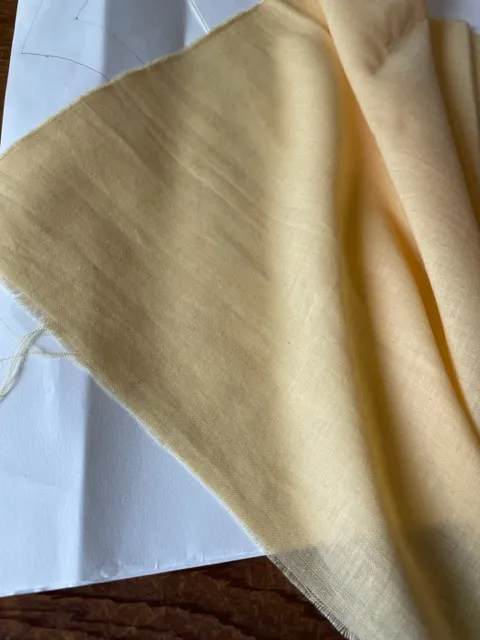
The Farm: George Washington was one of the first to ditch tobacco.
In a previous post, I talked about experimental farming and George Washington's passion for it.
Visiting Ewing Field here in CW is a constant learning experience. In fact, the programming over the summer included Colonel Washington (portrayed by Daniel Cross) hanging out there quite a bit. It's how and when I learned the importance of barley as a crop Washington took on in an effort to ditch tobacco, which was depleting the soil.
Our first commander-in-chief saw the writing on the wall and knew that in order to sustain land long-term, alternatives to tobacco were necessary.
Washington took copious notes and wrote multitudes of letters detailing his agricultural efforts. Thank goodness for us he did!
In addition to barley, he loved wheat. He also tried to replenish the nutrients in his soil utilizing red clover and peas.
But it wasn't just about the land and the crops- Washington also had Bakewell Sheep. And yes, I go into more detail about the impact of sheep during the Colonial period of our American history, including Washington's efforts, in this post.
Sometimes there will be structure and a definite, specific theme and other times there won't.
Yes, I will continue to write blog posts on specific topics.
And other times... well, once in awhile, I'll drop a post like this sharing some bits of information from the historic trades to give you all a peek into early American daily life the way I've been able to experience it.
As always, closing with an historical reference, this time right out of Washington's diary. Entries like this give insight into his daily life in terms of farming. Read on my favorite resource and with full citations here.
[Diary entry: 6 April 1760]
Sunday April 6th. Wind at No. Et. and Cool. About 3 Oclock it began Raining and continued to do so (moderately) for about an hour when it cleard, the Wind shifting So[uther]ly.
I just perceivd the Rye grass Seed wch. I sowd in the Garden to try its goodness was beginning to come up pretty thick; the Clovr., Lucerne, & Barley I discoverd above Ground, on the first Instant.
Majr. Stewart & Doctr. Johnston set out for Winchesr.
If you enjoy the blog and want to support both my ability to continue it and my habit for caffeine, click below to buy me a coffee using my online tip jar!
There is a huge practical disclaimer to the content on this blog, which is my way of sharing my excitement and basically journaling online.
1) I am not a historian nor an expert. I will let you know I’m relaying the information as I understand and interpret it. The employees of Colonial Williamsburg base their presentations, work, and responses on historical documents and mainly primary sources.
2) I will update for accuracy as history is constant learning. If you have a question about accuracy, please ask me! I will get the answer from the best source I can find.
3) Photo credit to me, Daphne Reznik, for all photos in this post, unless otherwise credited! All photos are personal photos taken in public access locations or with specific permission.
